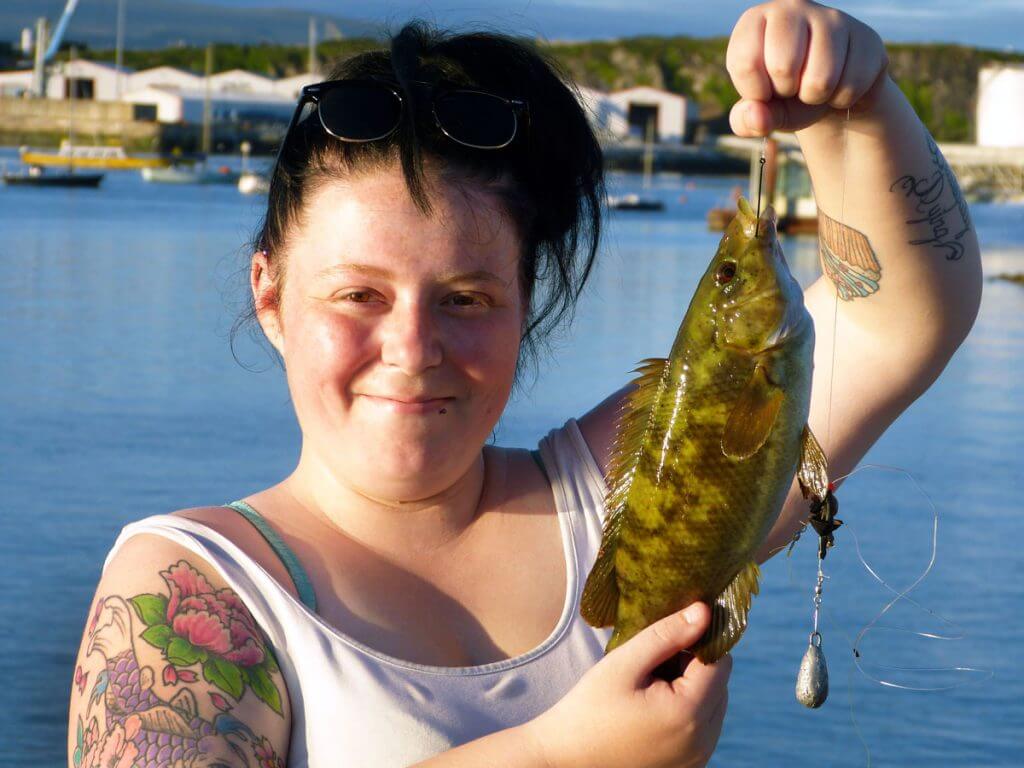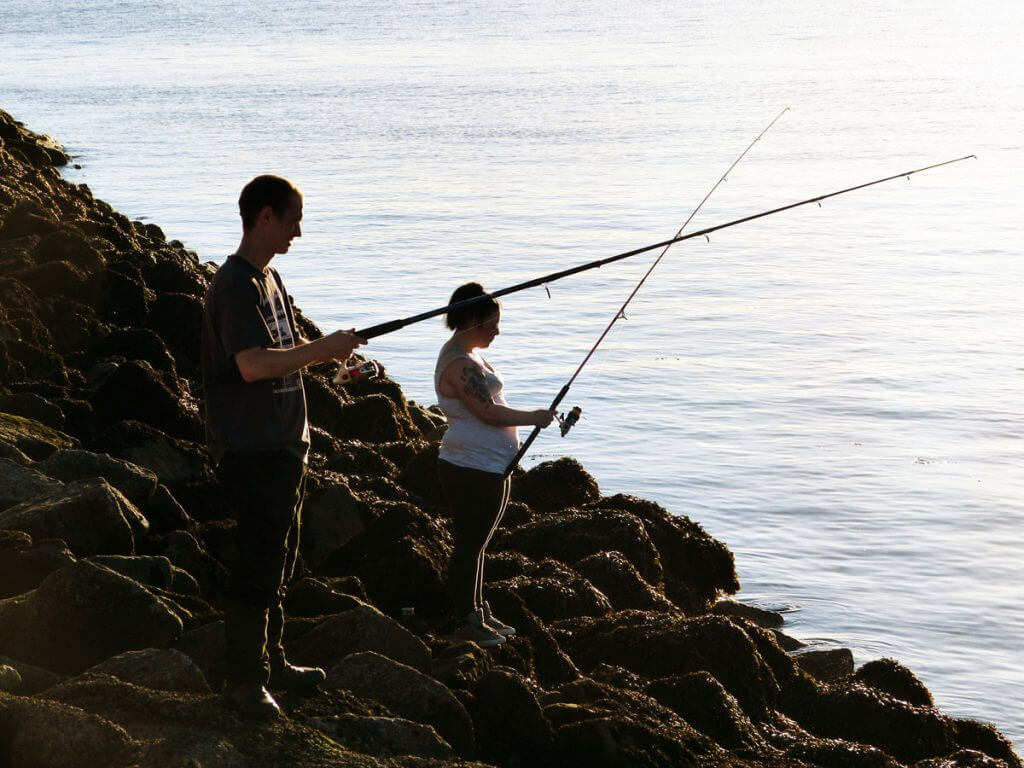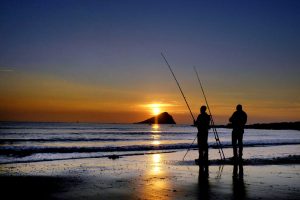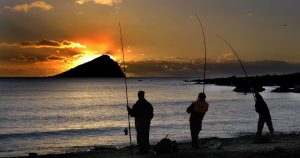Fishing for Wrasse


Some anglers target wrasse but often they are an alternative when fishing for other species like bass and mackerel is slack. However, a decent one will give a good account of itself if you can guide it away from the snaggy rocks where it generally lives.

Youngsters starting out often catch small ones by dropping a ragworm down the side of the harbour wall but they can grow to specimen sizes of between 6-8lbs and more if you are prepared to clamber over the rocks and fish the rough ground and kelp beds. A four pounder would be considered a good fish. The wrasse is one of the few British species that have teeth and therefore a stout hook is recomended. Take some spare rigs as getting right among the fish usually results in gear loss. Alternatively you can use a float with the hook set deep and just above the rocks where you might tempt one to break cover.

Best baits are usually peeler crab followed by lug and ragworm but also limpets are part of the wrasse’s diet. They use their teeth to prize the shells off the rocks before chomping on the flesh. They will also take small chunks of squid and mackerel if the other baits are unavailable.



